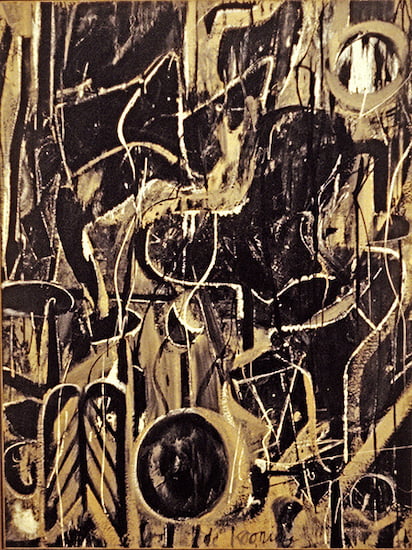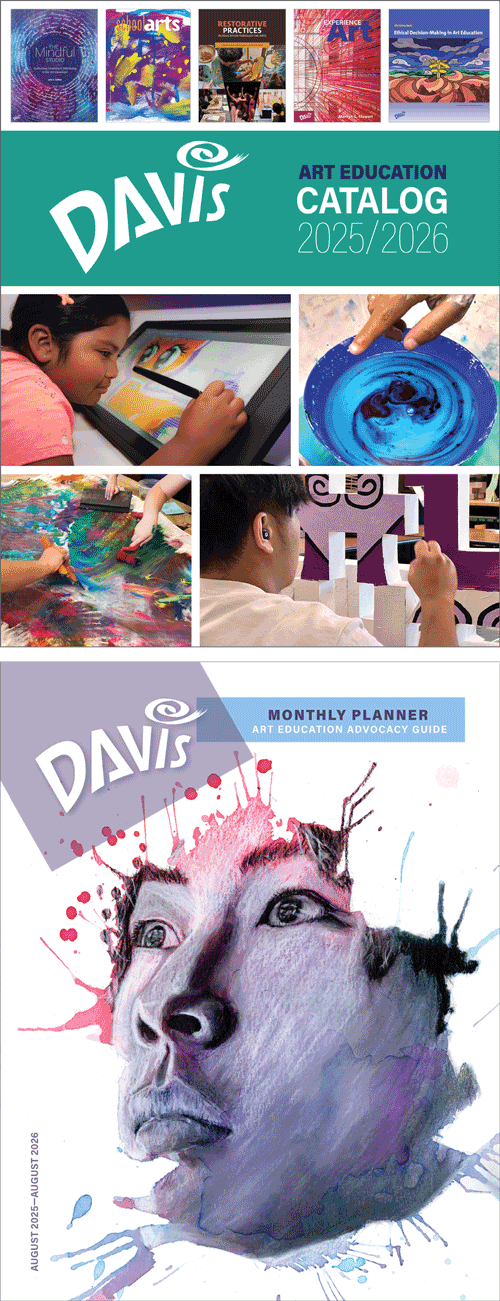August Is Here: Willem de Kooning
In New England, it is generally said that summer is coming to an end in August. But I have a particular fondness for August because it’s when I discovered the house in Provincetown, Massachusetts, where Abstract Expressionist Robert Motherwell (1915–1991) painted with Helen Frankenthaler (1928–2011). I also saw the studio where Hans Hofmann (1880–1966) held his painting classes there. I’m convinced that Motherwell painted The August Sea #6 in P-town. The painter in me truly appreciates the gestural nature of some of the Abstract Expressionists, and that certainly includes Willem de Kooning (1904–1997). In this post I present de Kooning’s brilliant ode to August, Light in August.
 |
| Willem de Kooning (1904–1997, United States, born Netherlands), Light in August, ca. 1946. Oil on paper on canvas, 55 ⅛" x 41 ⅜" (140 x 105 cm). Private Collection, Arizona. © 2025 The Willem de Kooning Foundation / Artists Rights Society (ARS), New York. (8S-27093kgars) |
De Kooning indicated that he never intentionally abstracted or reduced painting to design, form, line, or color. His stated purpose was that his painting process was additive, and that his process allowed a variety of attitudes to be expressed, including anger, love, or pain. Light in August reflects life in New York City in a combination of geometric and nature-inspired forms. His perception of space was his own. It is characterized by a certain flattening of the picture plane to highlight his gestures on the surface.
Despite continually reworking his canvases, de Kooning’s works such as Light in August have a sense of incompleteness to them. It is as if they are still in the process of definition. This obviously ran counter to the centuries-old tradition in the painting medium. De Kooning's work of the 1940s made a significant contribution to Abstract Expressionism in images that featured flattened space and restrained color use. Paintings with a restricted palette dominated de Kooning's first one-person show in 1948 at Charles Egan Gallery. It was a show that established his reputation. By around 1950, he had reintroduced more colors into his visual vocabulary. This reinfusion of bright color is evident in his Woman paintings of the early 1950s.
In the decade before World War II (1939–1945), many European modernist artists fled to America to escape Nazi Germany. Many were pioneer abstractionists, Surrealists, and Dada artists. In New York, they introduced a wide variety of contemporary modernist experimentation to American artists hungry for change from the prevalence of Social Realism in American art.
American artists were disillusioned by what they perceived as the failure of traditional values and systems in the war. They sought new ways of expression. These artists rejected any realistic or nationalistic tendencies they saw in Social Realist art from the Great Depression (1929–1939). They also saw any modern movement that had involved a manifesto, like abstractionists such as Piet Mondrian (1872–1944), as sterile and rigid.
Artists in the United States were drawn to forms of abstraction that revealed individual expression. They were especially interested in the surrealist work of Matta (1911–2000), who was in New York from 1939 to 1948. Matta introduced New York artists to the idea of psychic automatism, creating from the subconscious. This would enable American artists to explore new forms.
By the mid-1940s, the leading artists of the New York School were exhibiting in the city’s galleries. In 1948, several of the artists founded an informal school called “Subjects of the Artist.” They were united in their belief that abstract art could express timeless, universal themes. The Museum of Modern Art began acquiring their works. In 1958, MOMA held a show called The New American Painting. This show traveled to eight European countries, establishing Abstract Expressionism (or, the New York School) as a premier modernism movement internationally.
De Kooning was one of the leaders of action painting. He was a central figure in Abstract Expressionism, even though he did not exhibit until 1948. Born in Rotterdam in the Netherlands, he received a rigorous traditional painting education in the Rotterdam Academy. Before he moved to New York in 1926, he was a portrait painter.
In New York through the 1930s, de Kooning worked as a house painter, commercial artist, and Sunday painter. He eventually became a full-time artist. During that time, his work gradually tended toward abstraction. His most important contacts were Cubist artist Stuart Davis (1894–1964) and biomorphic abstractionist Arshile Gorky (1904–1948). He made frequent trips with them to the Metropolitan Museum of Art, where he studied ancient art and Old Master paintings.
Like Jackson Pollock (1912–1956), de Kooning’s figurative work slowly took on cubist and expressionist aspects. By 1939, he produced landscapes that were reduced to solid color shapes. In his portraits, the sitter’s face seemed to have been slashed out with the brush, a prefiguration of his Woman series. His mature style was a combination of cubist treatment of space, slashing expressionistic brushwork, and violent splashes of paint. In the late 1940s, he began working on his Woman series, his most famous and most powerful images.
Correlations to Davis programs: Explorations in Art 2E Kindergarten: 1.9; Explorations in Art 2E Grade 4: 6.7; Explorations in Art 2E Grade 5: 1.5; The Visual Experience 3E: 16.7; Discovering Art History 4E: 17.1

Comments